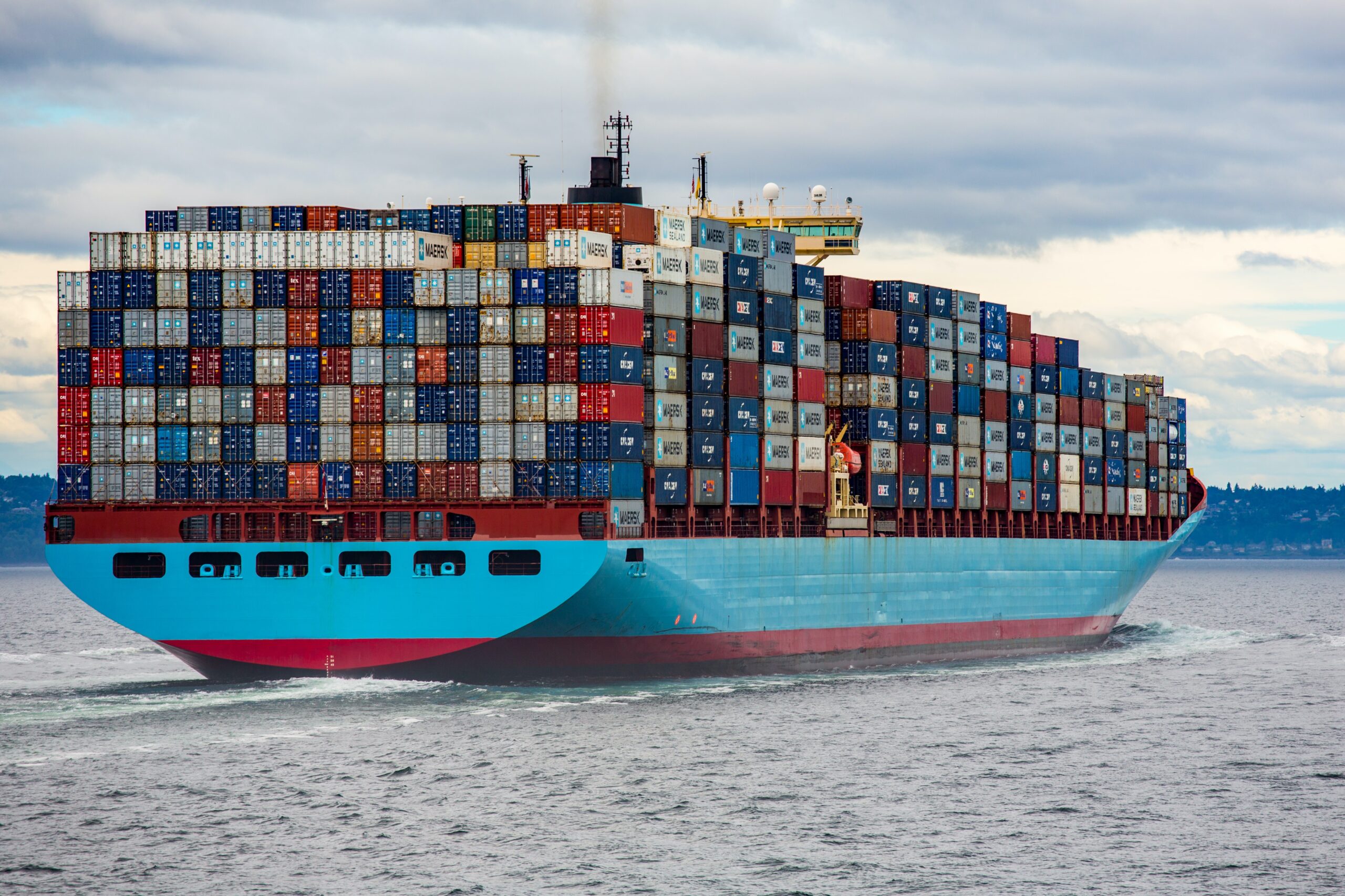Introduction
Docker has revolutionized the way software is developed, shipped, and deployed. It is an open-source platform that automates the deployment of applications inside lightweight, portable containers. These containers encapsulate the application and its dependencies, ensuring consistency across different environments. In this article, we will explore the key concepts, components, and benefits of Docker.
What is Docker?
Docker is a platform that enables developers to automate the deployment of applications within lightweight, portable containers. A container is a standalone, executable package that includes everything needed to run a piece of software, including the code, runtime, libraries, and system tools. Docker provides a consistent environment for applications to run across different systems, whether it’s a developer’s laptop, a testing environment, or a production server.
Key Concepts
Containers: Containers are instances of Docker images. They run in isolation but share the host system’s kernel. This lightweight approach ensures efficiency in resource utilization and consistency across environments.
Images: Images are read-only templates containing the application code, libraries, dependencies, and runtime. Containers are created from images, and multiple containers can run from the same image concurrently.
Dockerfile: A Dockerfile is a text document that contains instructions for building a Docker image. It specifies the base image, application code, dependencies, and other configuration settings.
Docker Architecture
Docker Engine: Docker Engine is the core component that manages containers. It consists of a server, a REST API, and a command-line interface. The server runs as a daemon on the host system.
Docker Client: The Docker Client is the primary way users interact with Docker. It sends commands to the Docker Daemon, facilitating the management of containers, images, and other Docker components.
Docker Registry: Docker Registry stores Docker images. The default public registry is Docker Hub, but organizations can set up private registries for enhanced security and control over image distribution.
Getting Started with Docker
Installation: To get started with Docker, you need to install Docker Engine on your system. Visit the official Docker website for platform-specific installation instructions.
Hello World Example: After installation, run a simple “Hello World” container using the following command:
docker run hello-world
This command pulls the “hello-world” image from Docker Hub and runs a container based on that image.
Working with Containers
Running Containers: Use the `docker run` command to start a container. For example:
docker run -it –name mycontainer ubuntu:latest /bin/bash
This command runs an interactive Ubuntu container named “mycontainer.”
Container Lifecycle: Containers have a lifecycle: create, start, stop, restart, and delete. Understanding these states is crucial for managing containers effectively.
Managing Containers: Use commands like `docker ps`, `docker stop`, `docker start`, and `docker rm` to manage containers.
Docker Images
Building Images: Create custom images using a Dockerfile. Build an image with the following command:
docker build -t custom-image:tag
Image Layers: Docker images are composed of layers. Each layer represents a set of file changes. This layering system enables efficient image sharing and distribution.
Sharing Images: Push images to Docker Hub or a private registry using `docker push`. Others can then pull and run your images.
Dockerfile
Syntax and Instructions: Dockerfile instructions define the image. Common instructions include `FROM`, `RUN`, `COPY`, `CMD`, and `ENTRYPOINT`.
Best Practices: Follow best practices, such as minimizing the number of layers, using the correct base image, and cleaning up unnecessary artifacts, to create efficient Dockerfiles.
Docker Networking
Container Networking: Docker provides networking options for containers. Containers can communicate with each other or with external networks using bridge, overlay, and host networking.
Bridge Network: The default network mode for containers. Containers on the same bridge network can communicate with each other.
Overlay Network: Allows communication between containers running on different Docker hosts.
Docker Volumes
Data Persistence: Docker volumes enable data persistence. Mount volumes to containers to store data outside the container filesystem.
Volume Types: Docker supports various volume types, including host-mounted volumes, named volumes, and anonymous volumes.
Docker Compose
Defining Services: Docker Compose simplifies multi-container applications. Define services, networks, and volumes in a YAML file.
Multi-Container Applications: Compose facilitates the orchestration of multiple containers, defining their relationships and configurations.
Security Best Practices
Container Isolation: Containers should be isolated from the host system and from each

